Is a tuxedo dressier than a tailcoat? Can I wear a tight coat after 6:00 pm? These are just some of the most frequently asked questions whenever we are heading out the front door towards the formal occasions. Most of the time knowing the answer to this questions will get you score all the points!
So let’s get started to know the high expectation dressing etiquettes from everyday professional men to attending ‘’strictly observed’’ ceremonies and events. Discover here more on how and when to wear suits, tuxedos, morning suits and tailcoats.
Menu
Suit
A suit is an absolute necessity when it comes to formal encounters. It’s your answer when you are looking for something to business meetings, weddings, formal dinners, job interviews, special first dates and other special formal occasions. It can be something super formal or more casual depending on how you complete the look.
How it’s made
A classic man’s suit comes with different numbers of pieces: a two-piece suit has a jacket and the trousers; a three piece adds a waistcoat. A classic business suit jacket should be form-fitting with centre or double vents and convertible flap or breast pockets.
The jacket can also be single-breasted or double-breasted. A single-breasted jacket has a centre button fastening in one, two, three, or 3-roll-2 button style. A double-breasted suit usually comes with two columns of buttons, the number of which varies depending on the suit’s construction, but the most used constructions are the 6×2 and the 4×2 (to know more about the double-breasted suit read our article).
A well-fitted shoulder lies flat. The seam on top of the shoulder should be the same length as the bone under it and should meet the sleeve of the suit right where your arm meets your shoulder. Trousers have a mid-rise, flat or pleated front in a slim-straight or slightly tapered silhouette that reaches below the ankle.
A business suit jacket is either canvas, half-canvas or fuse constructed in the chest and front to hold its shape with structured and lightly padded shoulders. This construction provides the garment with a better fit and makes it more comfortable to wear. We are in huge favour of made to measure for better personal expression. It gives you a full control over having super fit and personalisation. What about the fabric? The most popular choices for men due for versatility and refined aesthetic are wool (flannel, merino and worsted), linen, cashmere, cotton, silk and blends.
How to combine it
Not ignoring the fact that the importance of the shirt and accessories with it matters a lot and make the same suit very versatile. White, blue and tinted shirts are the safe options, but sometimes give yourself a creative break and pick out some seasonal prints, patterns or checks for your business suits. Don’t forget to complete your formal look with equally eye-catching accessories, like a trendy tie or pocket square in a pattern and some killer shoes.
Not everyday you have to a hardcore business suit man, the business casual Broken suit gives you the ease of style that you deserve. Read how to master the Broken suit.
Suit Do’s
- Ties should not be too small or skinny, nor too wide or high. Keep your collars and ties in proportion to each other
- When you button up your jacket it should fit closely against your body, but not so tight that you create an X shape
- About half an inch of the shirt cuff should be visible beyond the jacket cuff
- When you hang your new threads in the closet, be sure to keep them on a suit hanger to keep the shoulder intact
Suit Dont’s
- Get your suit dry cleaned too often as the chemicals used in dry cleaning will eventually cause your suit to wear out and go shiny
- Your trousers should not cover a lot of your shoes
- We encourage you to be bold with patterns and colours, however, don’t overdo it
Tuxedo
Nothing makes a man feel as sharp and debonair as when dressed in a tuxedo. This is the only option when a Black tie dress code is required or you’re going to a gala.
How it’s made
The main character that makes the tuxedo different from suits is primarily the satin lapels. While these can be worn on notch lapels, that particular shape is much more casual and intended for suits and sportcoats. A proper dinner jacket will have either a peak lapel or the more formal shawl lapel. Tuxedo, black tie and dinner suit, they are basically all just different names for the same thing. But please stay away from wearing a black suit with a bow tie (if you have some integrity), suits are not tuxedos.
If you’re wearing a tuxedo, you’re probably celebrating something special. Black tie dress code has a specific set of guidelines that will make you look great. A proper tuxedo is one of two colours – black or midnight blue. The tux is after-dark formal wear and should be worn in colours that are flattering once the sun has gone down.
How to combine it
Pair it with a shirt with the most formal collar option, the Wingtip or Spread collar. You will want to opt for French cuffs and make sure that you have modest but stylish cufflinks. The placket of the shirt (where it buttons up) with either be covered – as this is more formal – or allow you to have tuxedo studs that will match or compliment your cufflinks. For the bow tie the option is mainly silk as you match the lapels of the dinner jacket, but you can also go for silk satin, knit silk or silk twill. Do not forget the cummerbund or a low cut vest (waistcoat) to cover the waistband. Patent black or cap toe, the Wingtip shoes are a little too ornate but surely deserve their way into a black-tie event.
Tuxedo Do’s
- Wear a vent-less single-breasted one-button jacket with either peaked lapels or a shawl collar
- Opt for jetted pockets on the jacket, they’re more formal than the flap type
- Wear a waistcoat if your jacket comes with peaked lapels or a cummerbund with shawl collars
- Line your tux with satin facings. At least the lapels, pockets, and pants side seams should be faced with the material of your choice
- Wear pants that take braces, belts are no good when you’re going for a formal look
- Choose black or white braces with matching corded ends, rather than leather
- Choose black knee-high socks. They are generally silk, but thin cotton or wool work as well
- Shirts are white and either have a regular Italian or French collar or a winged collar, which is designed for bowties. Pleated or pique fronts are appropriate too
Tuxedo Don’ts
- Wear a smoking if the event or wedding is held before 6 pm
- Wear two- or three-button single-breasted tuxedos, and certainly not with notched lapels. They are not formal enough for a proper tuxedo
- Get flap pockets. This is another business suit detail that will compromise your tux’s formal integrity
- Customise your pants with cuffs or pleats
- Place the cummerbund around their waist with the pleats facing down. The pleats were designed to face up and were used to hold theatre tickets when trousers did not have pockets. So, pay homage to your ancestors and wear the pleats up
- Wear a belt with a tux
- Wear a necktie, as this is too business-like for a tux
Morning suit
The morning coat is a formal male attire of remarkable elegance. Also called in English as morning dress or morning suit. Morning dress is the most famous ‘formal day dress’. The jacket is always referred to as a ‘morning coat’. Morning dress is the traditional garment for men at weddings, formal memorial services, some official functions and formal daytime events.
How it’s made
It is always single breasted with link closure (as on some dinner jackets) or one button (or very rarely two) and with pointed lapels, may include silk piping on the edges of the coat and lapels.
The other feature that which distinguishes it from other body coats is the cutaway skirt (hence its alternative name) which creates an elegant curve from waist to hem. It is the most formal version is by far the most popular and features a type of coat known as a cutaway.
How to combine it
A white or light-coloured shirt with a white turned-down collar, double-cuffs and cufflinks. Waistcoats are usually buff (pale yellow-brown), grey or blue and double or single-breasted. A smart woven silk tie is acceptable. Can be used a tie pin will add an extra elegance. As for shoes Highly polished black lace-up/smart slip-on shoes. A grey or black top hat is worn with morning dress for extra special occasions. A handkerchief may be worn in the left breast pocket with an understated buttonhole.
Morning suits Do’s
- Uniformly coloured morning coat, trousers and waistcoat.
- The perfect fit, it should always be your number one priority
- A pocket watch on the waistcoat
- Wear it to day weddings
- A boutonnière, if not a pocket square
Morning suits Don’ts
- Non-matching morning Coat
- Patent leather shoes
- Fancy waistcoats, especially backless
Tail Coat
White tie is the most formal of all dress codes and typically associated with royal affairs, as well as state dinners and formal balls. It is a dress code that leaves little room for creative interpretation. The tailcoat is considered the most elegant attire of all evening wear and perhaps the most delicate to get right – white tie comes with strict dress code expectancies.
How it’s made
Tailcoat made in worsted wool with classic detail is exquisitely for special occasions with silk lapels, and covered buttons with a single vent with or without pleating at back. The tailcoat waistline typically mirrors the wearer’s natural waistline but unlike other jackets the coat fronts – and corresponding white waistcoat – end shortly below the waistline. A center vent that rises up to the waistline divides the coat’s skirt into two “tails” which originally inspired the nicknames swallow-tail coat and claw-hammer tailcoat. The tails generally extend down to the bend of the knee in a straight line with a gentle curve at the bottom.
How to combine it
Pair the tailcoat with high waisted trousers with double braiding at sides, white Marcella shirt and waistcoat with white gloves to complete the outfit. While talking about shoes, pumps made from fine and shiny patent leather are preferred. Most formal pumps are decorated with a silk grosgrain bow. Cufflinks and studs are not optional but a must-have accessory while attending a white tie event.
Tail Coat Do’s
- The top hat is should be either made from black silk or polished black beaver fur
- Suspenders or braces, worn under the waistcoat
Tail Coat Don’ts
- Slippers shoes with bows
- Yellow gold accessory, as it is almost never present on a white tie ensemble
- Wear Boutonnieres that are Obviously Fake
- Expose your waistband and never wear belts with evening wear

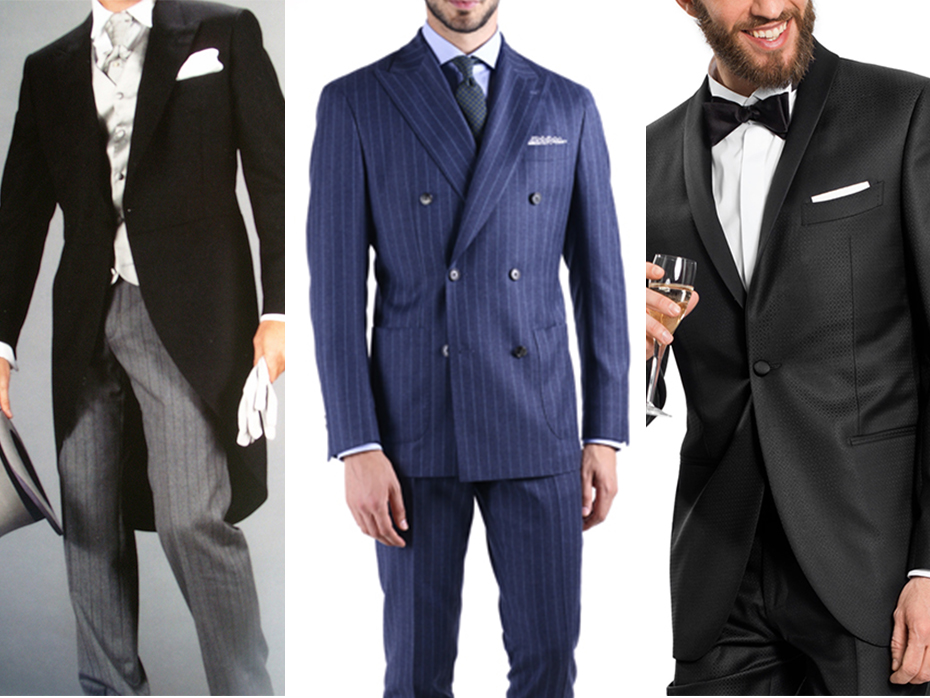
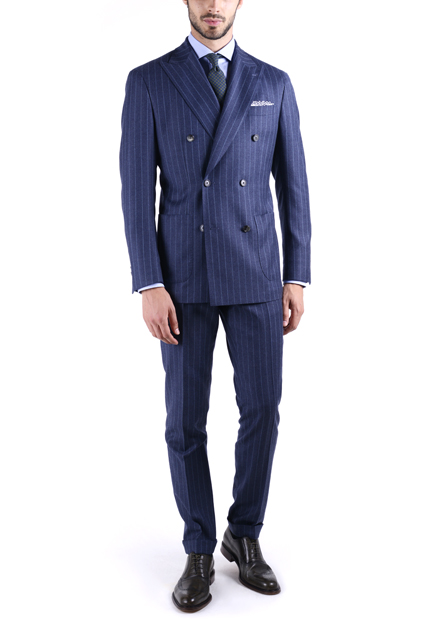
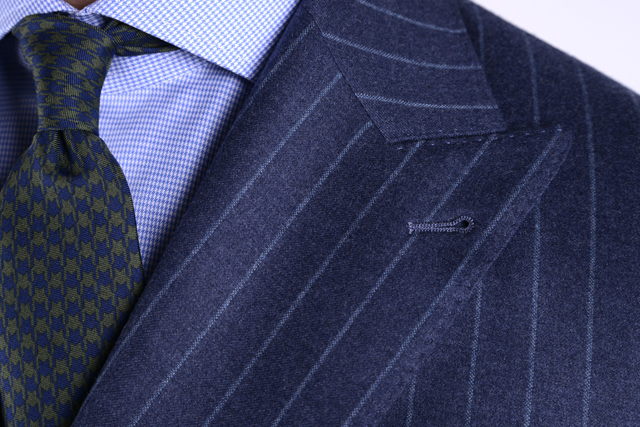
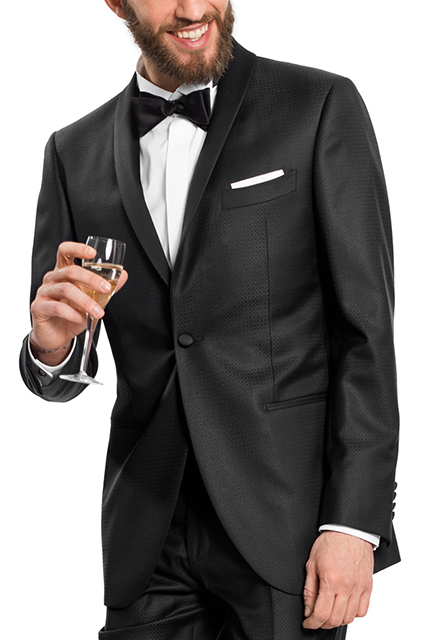
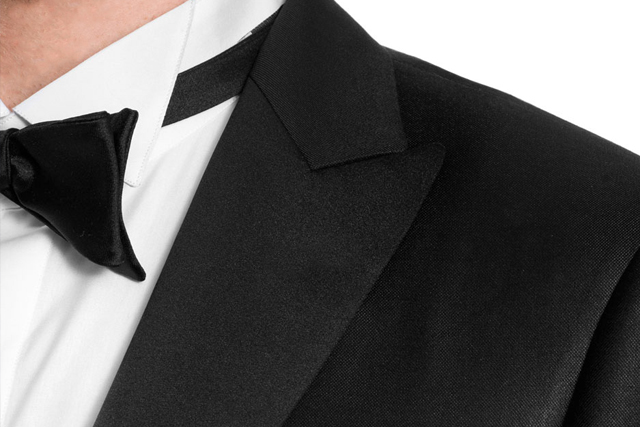

Why are DJTJ and Eric Trump wearing tailcoats whose tails have material in front? Doesn’t look right.
Morning suit is technically different from morning coat outfit, as in the former the jacket, trousers and vest are made of the same material, whereas in the latter there is a contrast between the three pieces?
This has been an informative read. I belong to many clubs with formal events this helps me understand the dress code enforcement.
Thank you for your appreciation! We are glad this helped you understand how to be impeccably dressed.
I’d like to ask about the note about slippers. Do you mean court shoes (Opera Pumps in the US). They’re very traditional, and the most formal shoes available in a mans wardrobe, so why would it be inappropriate for use with white tie?